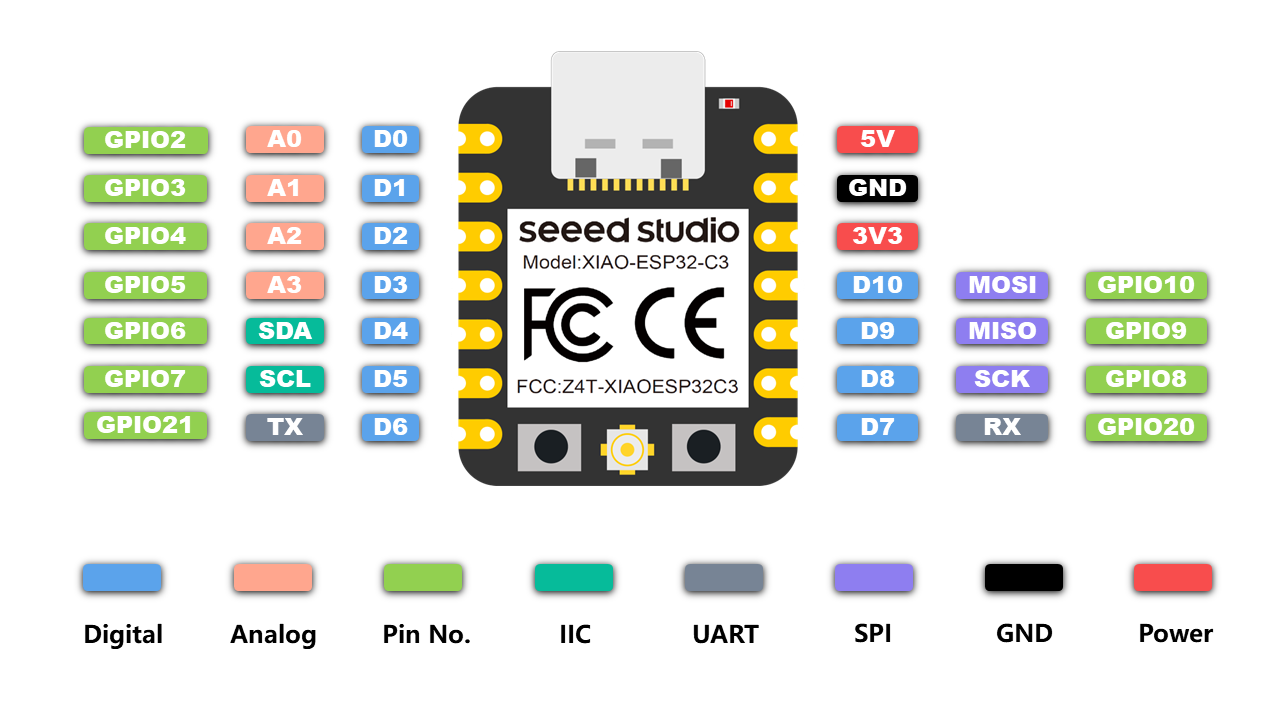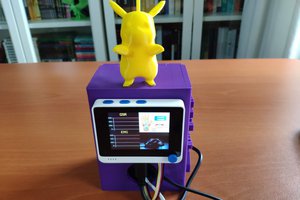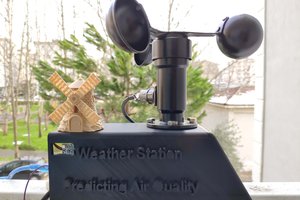The bacteria utilized to produce yogurt are known as yogurt cultures (or starters). Fermentation of sugars in the milk by yogurt cultures yields lactic acid, which decomposes and coagulates proteins in the milk to give yogurt its texture and characteristic tangy flavor. Also, this process improves the digestibility of proteins in the milk and enhances the nutritional value of proteins. After the fermentation of the milk, yogurt culture could help the human intestinal tract to absorb the amino acids more efficiently[2].
Even though yogurt production and manufacturing look like a simple task, achieving precise yogurt texture (consistency) can be arduous and strenuous since various factors affect the fermentation process while processing yogurt, such as:
- Temperature
- Humidity
- Pressure
- Milk Temperature
- Yogurt Culture (Starter) Amount (Weight)
In this regard, most companies employ food (chemical) additives while mass-producing yogurt to maintain its freshness, taste, texture, and appearance. Depending on the production method, yogurt additives can include diluents, water, artificial flavorings, rehashed starch, sugar, and gelatine.
In recent years, due to the surge in food awareness and apposite health regulations, companies were coerced into changing their yogurt production methods or labeling them conspicuously on the packaging. Since people started to have a penchant for consuming more healthy and organic (natural) yogurt, it became a necessity to prepare prerequisites precisely for yogurt production without any additives. However, unfortunately, organic (natural) yogurt production besets some local dairies since following strict requirements can be expensive and demanding for small businesses trying to gain a foothold in the dairy industry.
After perusing recent research papers on yogurt production, I decided to utilize temperature, humidity, pressure, milk temperature, and culture weight measurements denoting yogurt consistency before fermentation so as to create an easy-to-use and budget-friendly device in the hope of assisting dairies in reducing total cost and improving product quality.
Even though the mentioned factors can provide insight into detecting yogurt consistency before fermentation, it is not possible to extrapolate and construe yogurt texture levels precisely by merely employing limited data without applying complex algorithms. Hence, I decided to build and train an artificial neural network model by utilizing the empirically assigned yogurt consistency classes to predict yogurt texture levels before fermentation based on temperature, humidity, pressure, milk temperature, and culture weight measurements.
Since XIAO ESP32C3 is an ultra-small size IoT development board that can easily collect data and run my neural network model after being trained to predict yogurt consistency levels, I decided to employ XIAO ESP32C3 in this project. To collect the required measurements to train my model, I used a temperature & humidity sensor (Grove), an integrated pressure sensor kit (Grove), an I2C weight sensor kit (Gravity), and a DS18B20 waterproof temperature sensor. Since the XIAO expansion board provides various prototyping options and built-in peripherals, such as an SSD1306 OLED display and a MicroSD card module, I used the expansion board to make rigid connections between XIAO ESP32C3 and the sensors.
Since the expansion board supports reading and writing information from/to files on an SD card, I stored the collected data in a CSV file on the SD card to create a data set. In this regard, I was able to save data records via XIAO ESP32C3 without requiring any additional procedures.
After completing my data set, I built my artificial neural network model (ANN) with Edge Impulse to make predictions on yogurt consistency levels (classes). Since Edge Impulse is nearly compatible with all microcontrollers and development boards, I had not encountered any issues while uploading and running my model on XIAO ESP32C3. As labels,...
Read more » kutluhan_aktar
kutluhan_aktar





Please feel free to leave a comment here if you have any questions or concerns regarding this project 😃